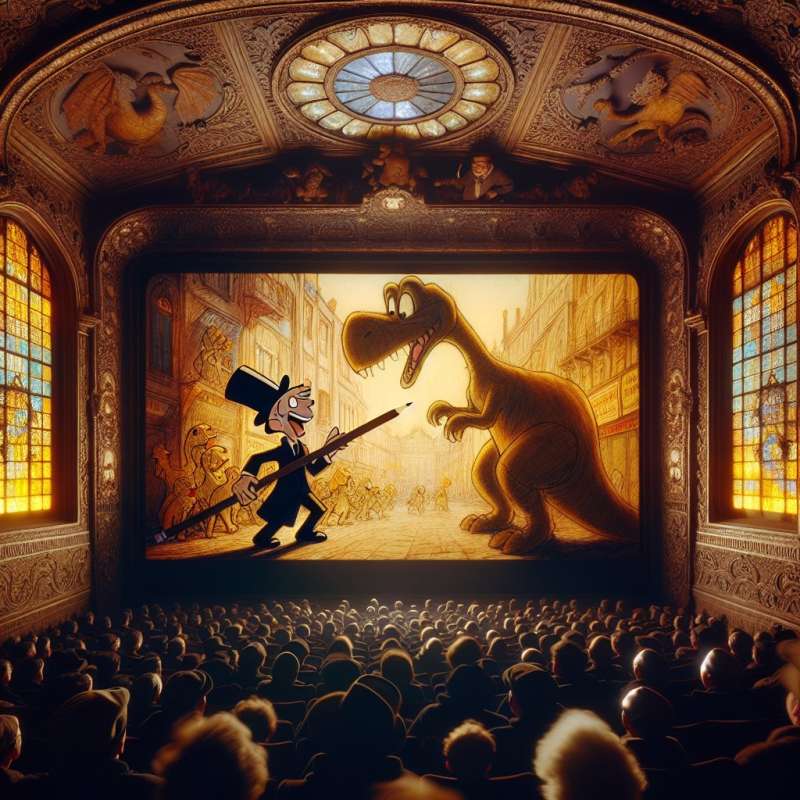
Early Animation Beginnings
Animation predates cinema's invention. The phenakistoscope, created in 1833, was an early animation device that created fluid motion from a series of drawings when spun quickly.
First Animated Projection
Charles-Émile Reynaud's Théâtre Optique, debuted in 1892, projected animated stories onto a screen, beating the Lumière brothers' cinematograph presentation by three years.
Silent Film Era
During the silent film era, Winsor McCay astounded audiences with 'Gertie the Dinosaur' in 1914, pioneering character animation and personality infusion into drawings.
Technicolor and Disney
Disney's 'Flowers and Trees' (1932) was the first cartoon to use full Technicolor. It revolutionized animation, setting a colorful standard for future productions.
Television Animation Boom
The 1950s saw animation leap to television, with Hanna-Barbera's 'Huckleberry Hound' and 'The Flintstones' becoming household staples, utilizing limited animation techniques for cost efficiency.
CGI Animation Breakthrough
Pixar's 'Toy Story' (1995) was the first full-length CGI animated feature film. It marked a turning point, showcasing the potential of 3D computer graphics in storytelling.
Recent Innovations
Today's animation blends techniques, using VR and motion capture to create immersive experiences. Shows like 'Love, Death & Robots' push boundaries, combining different animation styles.
What device predated cinema animation?
Théâtre Optique
Phenakistoscope
Cinematograph
Company